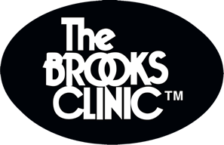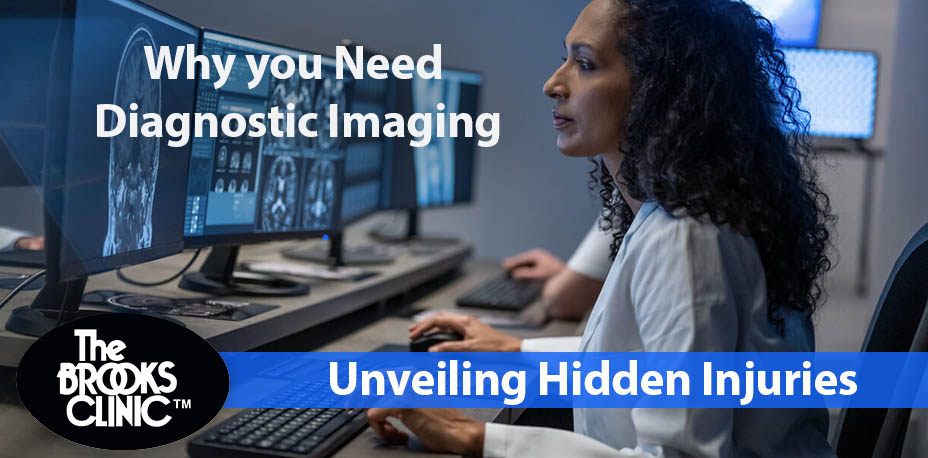One of the main reasons why you need to go to the hospital or an auto injury clinic is so you can get the appropriate auto injury medical tests. Getting proper medical tests after an auto accident is crucial for ensuring your health and well-being. Even if you don’t experience immediate symptoms, some injuries may manifest later or have hidden internal effects. To accurately diagnose and treat any potential injuries, it is essential to undergo specific auto injury medical tests. In this article, we will explore the important medical tests you may need after an auto accident. Understanding these tests and their significance will help you make informed decisions about your healthcare and ensure that any underlying injuries are identified and addressed promptly.
After an auto accident, several auto injury medical tests may be necessary to assess your condition and detect any underlying injuries. While the specific tests required may vary depending on the nature of the accident and your symptoms, here are some of the most common medical tests conducted:
- X-Rays: X-rays are commonly used to examine bones for fractures, dislocations, or other skeletal injuries. They can help identify any visible abnormalities in the bones and joints.
- CT Scans: Computed Tomography (CT) scans provide detailed cross-sectional images of the body. They are useful for evaluating internal injuries, such as internal bleeding, organ damage, or head trauma.
- MRI Scans: Magnetic Resonance Imaging (MRI) scans use powerful magnets and radio waves to generate detailed images of soft tissues, such as muscles, ligaments, and tendons. They can reveal injuries like torn ligaments or herniated discs.
- Blood Tests: Blood tests are conducted to assess overall health and screen for any underlying medical conditions or detect signs of internal bleeding or organ damage.
- Neurological Examinations: Neurological examinations are performed to assess brain function, nerve damage, or any signs of concussion or traumatic brain injury (TBI).
- Physical Examinations: A thorough physical examination helps evaluate the extent of injuries, including assessing range of motion, muscle strength, and identifying any visible signs of trauma or injury.
- Psychological Assessments: Auto accidents can have emotional and psychological effects. Psychological assessments, such as screenings for anxiety, depression, or post-traumatic stress disorder (PTSD), can help address any psychological impact of the accident.
It’s important to note that these tests should be conducted under the guidance of healthcare professionals, who will determine the specific tests needed based on your symptoms, medical history, and their clinical judgment. The results of these tests will provide valuable information for developing an appropriate treatment plan to aid in your recovery.
WHAT YOU SHOULD KNOW ABOUT AUTO INJURY MEDICAL TESTS
Undergoing important medical tests after an auto accident is vital for your overall health and well-being. While it’s common to focus on immediate injuries, it’s equally important to address any underlying or delayed symptoms that may arise. Medical tests such as X-rays, CT scans, MRI scans, blood tests, neurological examinations, physical examinations, and psychological assessments play a crucial role in accurately diagnosing and treating auto accident-related injuries.
At The Brooks Clinic, we understand the significance of these tests in ensuring a comprehensive evaluation of your condition. Our team of experienced healthcare professionals is dedicated to providing personalized care and conducting the necessary tests to uncover any potential injuries. By undergoing these tests, you can gain a clearer understanding of your health status and receive appropriate treatment to support your recovery process. Don’t overlook the importance of these medical tests as they can help you achieve a timely and wholesome recovery after an auto accident.




